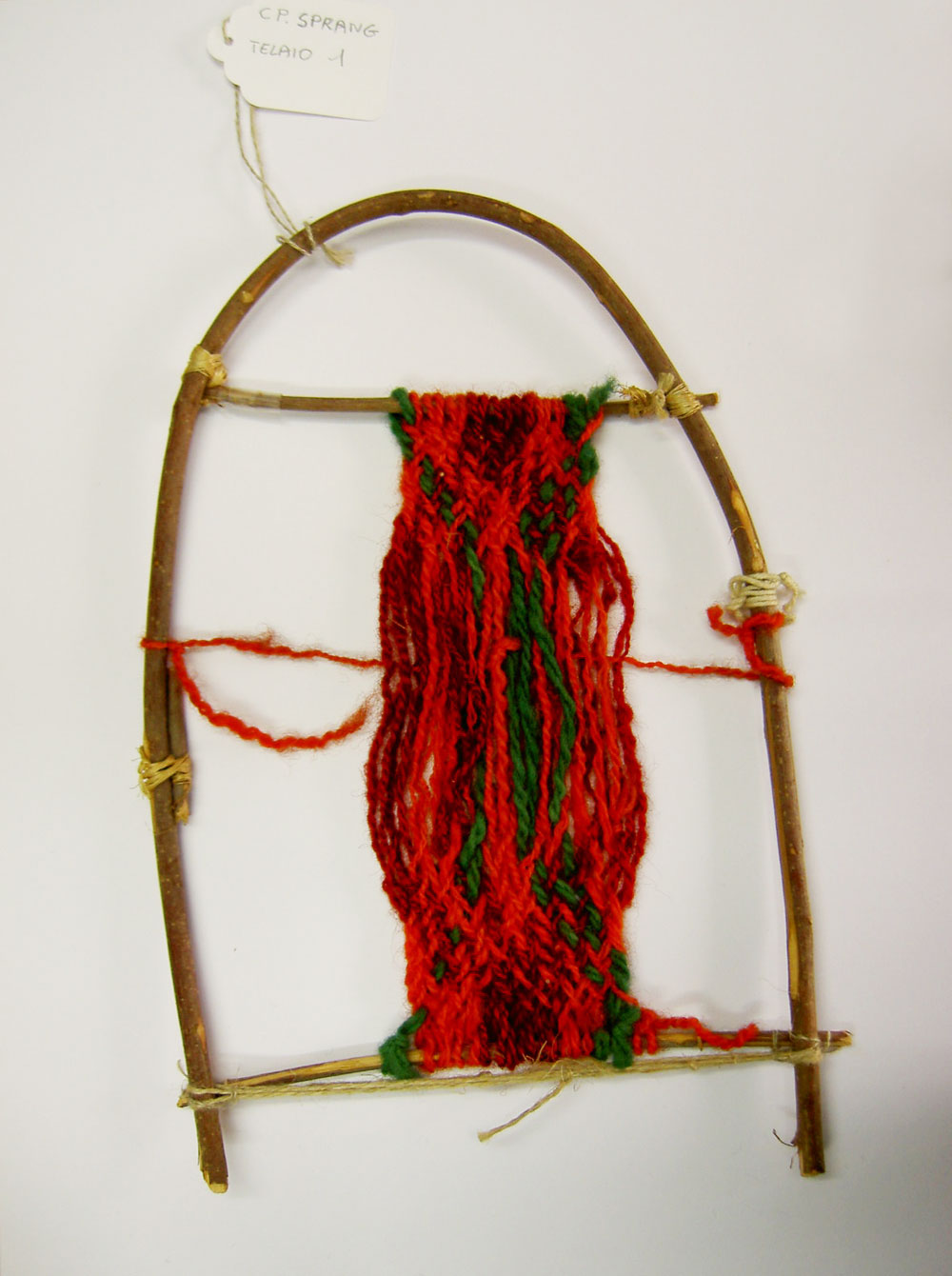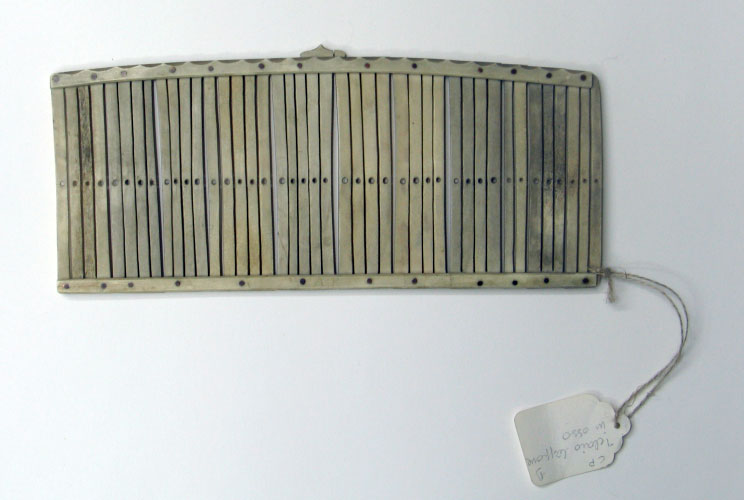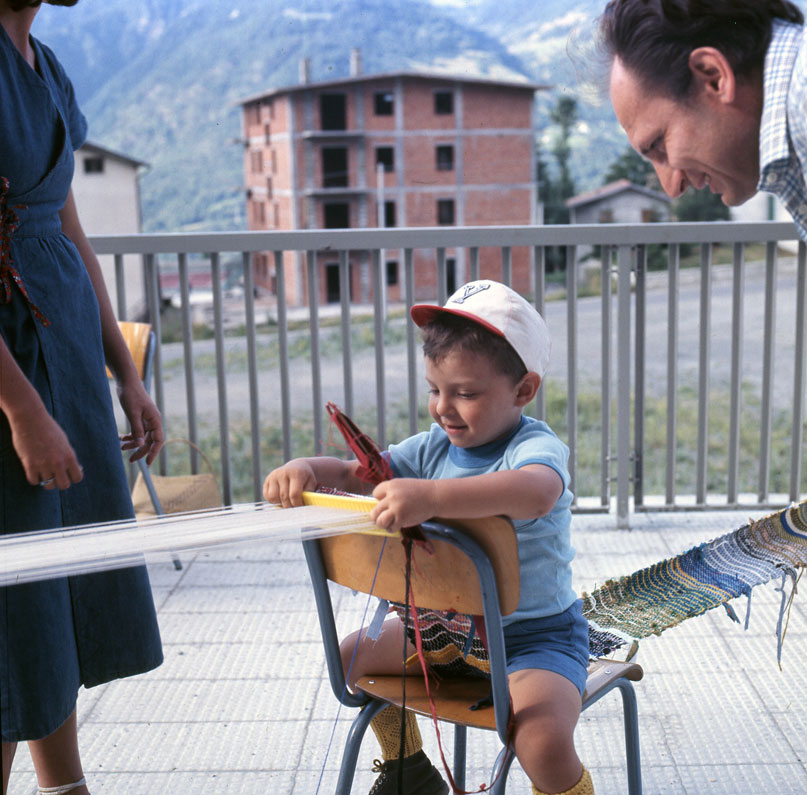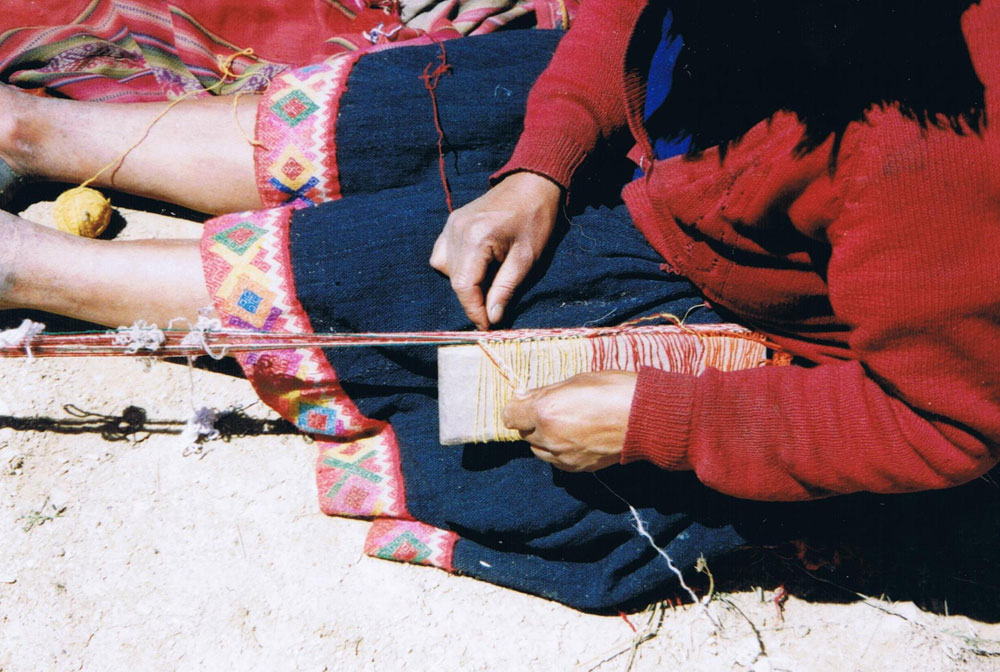Looms
I've always been fascinated by tools and how to make things, by the various methods used to tension and separate a warp, the techniques to make loom-shaped objects, the modifications made to traditional looms by weavers all over the world, not least by Peter Collingwood, who showed us how to study the past in order to draw inspiration for our own future as weavers. This section, which is going to be developed, will illustrate a fundamental aspect of our craft as weavers, designers and researchers.
I'm particularly interested in ethnic looms, because they are often based on what I consider a fundamental concept: the loom as a tool with which not so much to produce yardage, as to make unexpected things and create textile objects with contrasting areas. This is why I'm not particularly attracted by jacquard looms, but, who knows?, one day I may get closer to them and discover their possibilities. Several books in my library discuss ethnic looms and some of then are mentioned in this site, see
If you look at the pictures below you can see that a loom can be portable, like the little loom for sprang used by Columbian shepherds; it can be shaped to make specific objects, like another Columbian loom used to make shoe uppers; it can be made of bone, with a small monogram carved on it; the weaver, especially a young inexperienced one, can sit on the warp to control its tension. The size and simplicity of a cardboard loom are no hindrance to producing complex structures. A weaver of Accha Alta, Peru, is weaving a highly complex band with an eight-shaft diamond pattern and a lateral fringe, using a loom that fits into the palm of her hand. The tiny white bunches on the far left are the loops forming the heddles. Another Peruvian weaver, from Pitumarka, is shown working on a discontinuous warp, a pre-Columbian technique that was thought lost.

Colombian sprang loom.

Colombian loom to weave shoe uppers in shape.

Lapp rigid-heddle bone loom.

Discontinuous warp loom, Pitumarka, Peru.

Rigid-heddle loom, the warp is tensioned by the weaver's body.

Cardboard loom: a very simple tool on which you can also weave complex structures.
